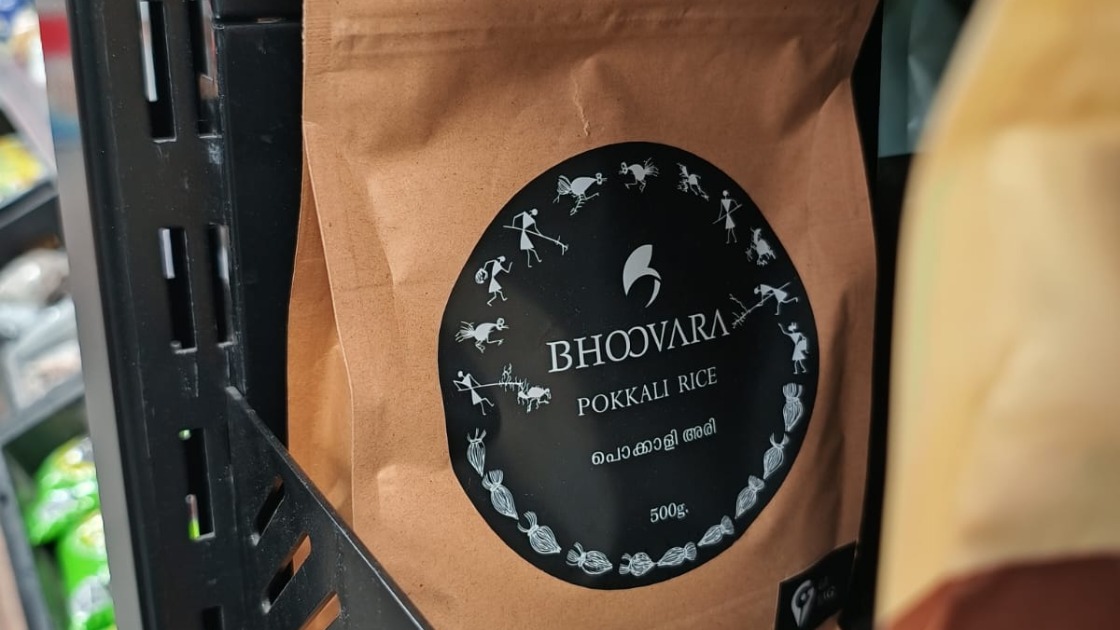 Certified Startup
Certified Startup

Pokkali stands out among the world's heirloom rice types not just for its high nutritional content and antiquity but also for its ability to withstand the effects of climate change and other human-made interventions. It exhibits remarkable salinity resistance. This is an integrated farming system in which rice cultivation and aquaculture go hand in hand. Both are completely organic systems of cultivation and no fertilisers or plant protection chemicals are applied.
- GI Tagged
- Sustainable cultivation and saline resistant
- High protein content
- Good for diabetic patients
The Pokkali system mainly depends on traditional Pokkali cultivars and high yielding varieties derived from these cultivars. Pokkali, Churuttu Pokkali, Chettyviruppu,Anakkondan and Cheruviruppu are the traditional cultivars prevalent in this tract. Improved varieties developed from the Rice research Station. Vyttila (VTL-1 to VTL-8) Kerala Agricultural University, is now popular mainly with respect to high yield.
Scientific Name : Oryza sativa
Ingredients : Pokkali rice
Pokkali is said to have medicinal qualities, and those following a low-sugar diet prefer it due to its higher antioxidant value and low carbohydrate content.
• Rich in antioxidants like oryzanol, tocopherol and tocotrienol.
• Rich in amylase content
• High in Fibre and Protein Content.
• Antioxidants with benefits of vitamin E, and minerals such as iron, boron, and sulphur
• May help in treating haemorrhoids
• For patients with cholera, rice gruel water made from Pokkali rice may be beneficial.
• Appropriate for people with diabetes due to its low carbohydrate content.
• Maybe used as a dietary supplement for iron deficiency. Directions:
According to Siddha medicine, Pokkali should be eaten with the water it was cooked in. Two suggested ways to prepare Pokkali rice are by cooking a kanji with it or by cooking down the water until all of the water is absorbed by the rice. Add Pokkali flour to your favourite classic dishes, including puttu, idiyappam, appams, murukku, and many more.